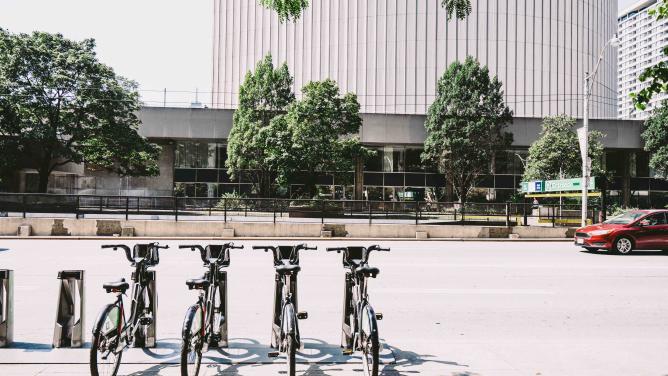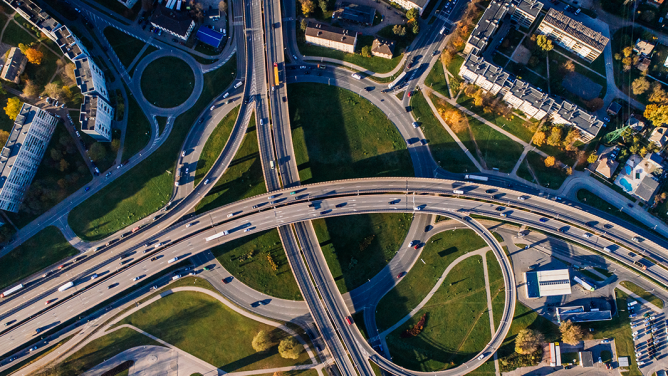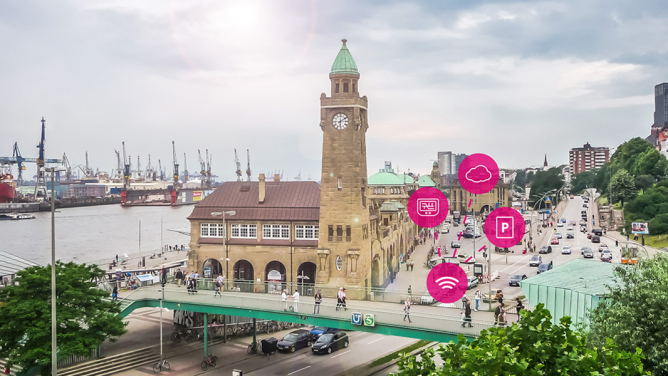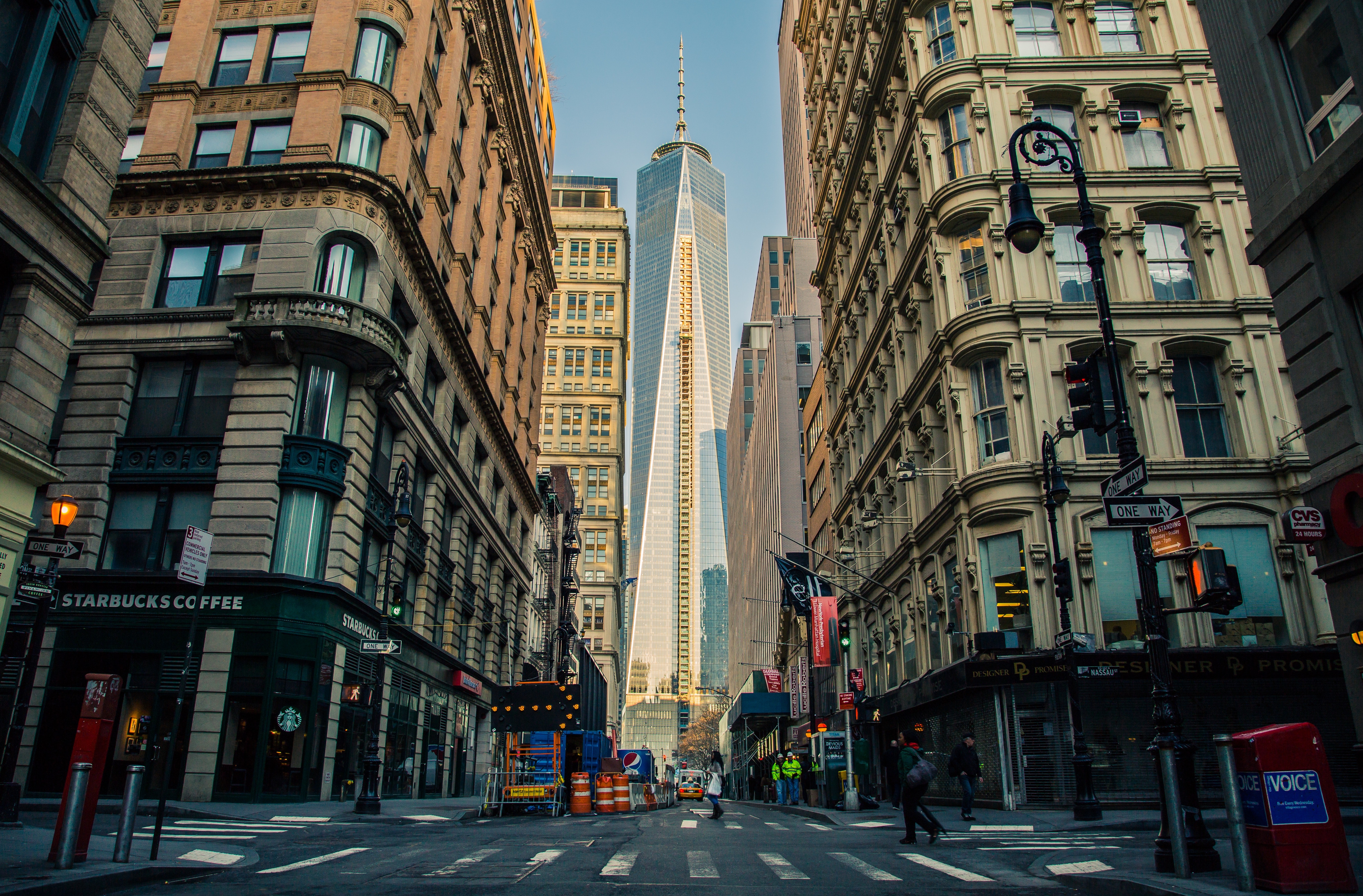
It’s hard to imagine cities without automobiles. Yet, even as mobility is increasing and the number of private vehicles on the roads continues to grow – set to reach two billion by 2030 – many cities around the world have launched strategies to reduce motorized traffic. Driven by environmental, health and wellbeing objectives, these sometimes radical plans focus on neighborhoods, hyper-centers, and occasionally entire cities.
The car free model: idealistic or realistic?
The theoretical basis for this objective has been around for a while. Before the end of “the century of the automobile” the American J.H. Crawford pointed to the model of an ideal city with a population of one million inhabitants and no cars. His formula includes a central concept: “the automobile can only be forgotten if a better alternative is available”. It also has a few requirements, such as densely populated neighborhoods, and three core criteria – the need for rapid (maximum transportation time set at one hour), close (a five minute walk) and fluid transportation (a one transfer limit).
In practice, a few medium-sized cities have embraced the car free model, whereas several European cities have announced objectives that are less radical even if very ambitious. Oslo is a prime example with its constantly growing urban area of 1.5 million inhabitants, as it announces an evolutionary objective to “gradually” become a “car free” city. The plan is made up of several phases but no longer includes forbidding all cars, as it was originally the case. Instead, their choice is based on a series of measures, formulated around an incentive based logic, that impact upon transportation options and infrastructure. Still, the 100% car free model remains a long term goal.
Since 2017, the city has gotten rid of 700 parking spaces, mostly concentrated in the city center, making way for bicycle parking and a plethora of new uses for urban public spaces, including spaces dedicated to sports and benches. In 2018, the city closed several streets to privately owned automobiles in favor of pedestrians (1.3 km2 in the city hyper-center) and collective transportation. It also added 60 additional kilometers of bicycle paths to its already existing network that had not seen much growth since 2005 (bicycle transportation, projected to reach somewhere between 15 and 20% by 2025, is currently at 8%). In a city where the northern bicycling culture is at a low level, the municipal government also renovated the existing pathways to make them safer and more “attractive” and has launched a financial aid program for buying electric and delivery bicycles.
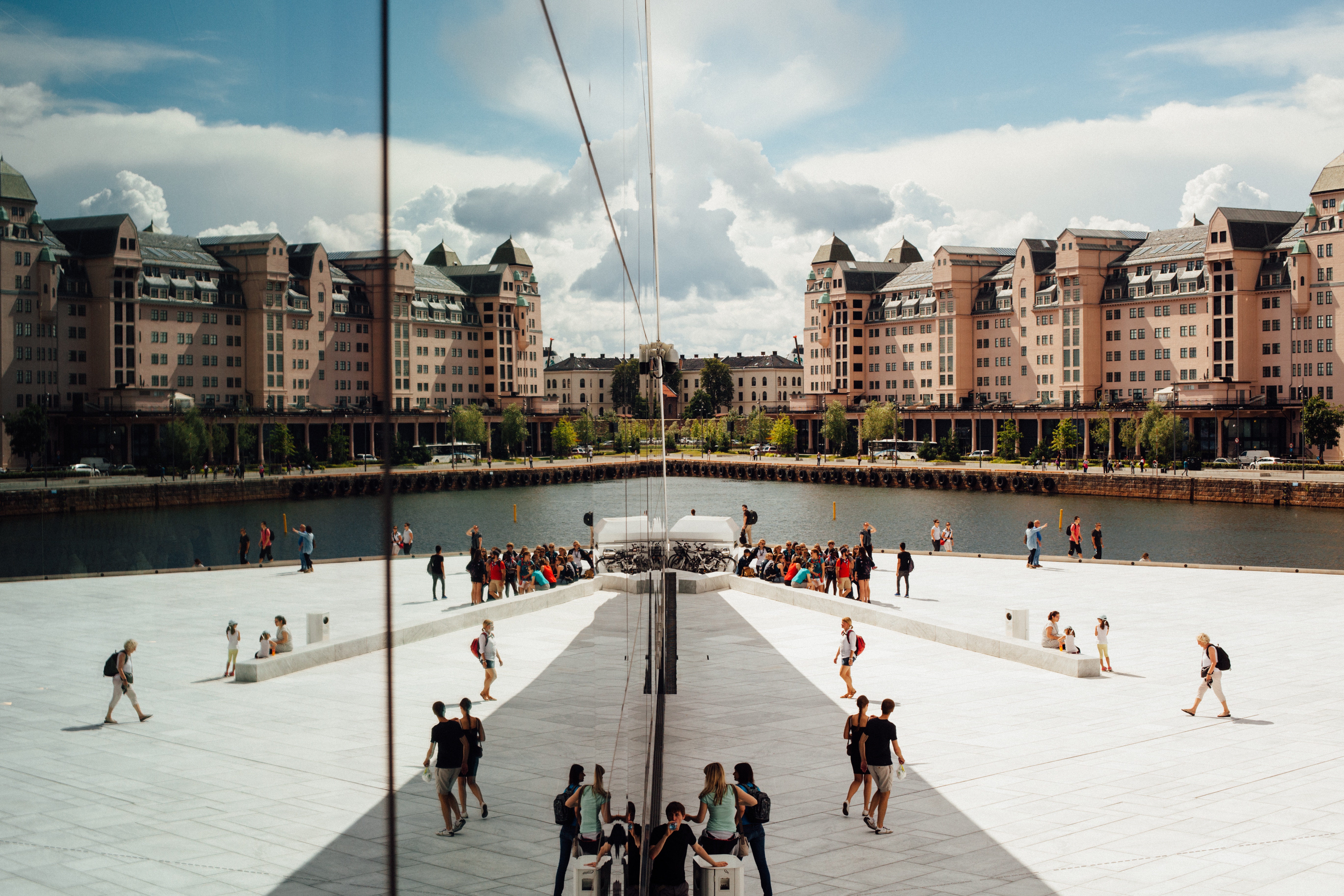
Recourse to delivery trucks will also diminish thanks to electric bicycles. This will require the city to build green logistical containers, or “micro-terminals”, where the famous “final kilometer deliveries” will be organized. Finally, 2019 will be a year of reflection, before a possible ban on all cars in the city center. This option is also being considered for the ring road periphery. Such numerous and expensive investments – almost one billion dollars is the quote for bicycle paths nationwide– are being financed in part by urban tolls in the capital. The toll rates rose at the beginning of 2017, a move that had a significant impact, especially on the influx of traffic.
Cars or no cars, transportation infrastructure needs a rethink
Experiments, pilot projects and public policies are blooming and taking shape all over the world, in Europe, the United States and elsewhere. One Spanish model demonstrates how the “zero car” paradigm is more of a tool that helps things to move in the right direction than a concrete goal. At least this is the case in big cities. Since November, Madrid have banished all privately owned cars from its city center that do not belong to local residents. Madrid is a city four times the size of Oslo. While expanding its bus network, the Iberian capital is the first in Europe to launch a complete rental system of electrical bicycles that covers the entire city. At the same time, it is concentrating new investments on pedestrian infrastructure. However, the “zero cars” scenario is not a realistic goal for major metropolises.
Galicia is home to another Spanish model, Pontevedra (83,000 inhabitants over a land space easily covered in 25 minutes of walking). Faced with urban decay, the city’s strategy to dynamize its center consisted in banning all vehicles of non-residents and drastically reducing the number of external parking spaces to replace them with underground lots (both in the center and on the city’s outskirts). They also eliminated some traffic lights while progressively expanding the car free zone outside of the city’s hyper-center (with the exception of weddings and funerals, says the city hall) while fixing the speed limit to 30 km/h. The whole endeavor has been financed locally and with no financial excess nor external aid.
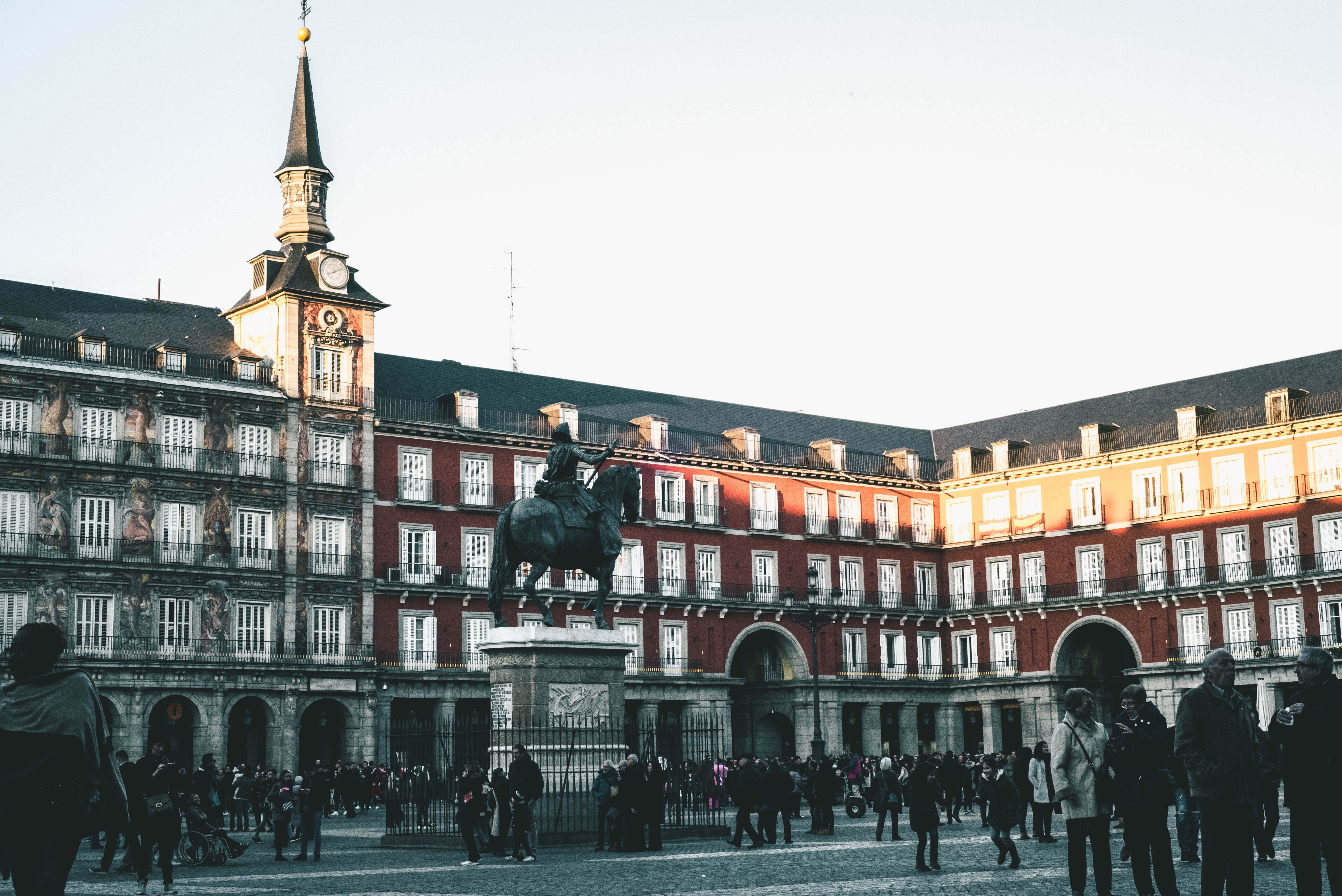
“It is just as difficult to think of a city only in terms of motorized transportation as it is to think of a city with no cars at all: a city without automobiles would be more like a dystopia!” says Guillaume Malochet, Director of Marketing at Eurovia, urban transportation and infrastructure planning (a VINCI subsidiary). “The biggest challenge isn’t designing cities without cars. It is designing cities with multiple forms of transportation, powered differently, including ones that have yet to be invented.”
From the last kilometer to the ring road, more interoperability means less solo driving
Financing remains a complex issue, in part because reducing the number of cars in a city also means rethinking public spaces. In reality, a trip from home to work for an individual in a car takes up 90 times less space than the same trip in a tramway car or a bus. In addition to that, an average of 70% of the space that makes up city centers is dedicated to cars: shifting to a city that is less centered on solo driving is a major change that requires moving away from the road-in-the-middle-surrounded-by-sidewalks model. Small investments that would aim to optimize public spaces, such as eliminating the barriers between the sidewalk and the road as a way to unite the two spaces into one, for example, could be an option. “In France, urban conglomerates have a hard time investing in infrastructure, and have a tendency to prefer more visible projects than in transportation paths and sidewalks” adds Guillaume Malochet. From his perspective, tightening budgets is a path towards inventing new kinds of contracts with conglomerates, including participative financing to pay for roads and streets. Big, flashy projects, even if they are expensive, can create a buzz around new ideas, such as adopting “minimum cars” lifestyle. It can generate interest in the media and contribute to making a city appear attractive and modern, as is the case for Eindhoven in the Netherlands.
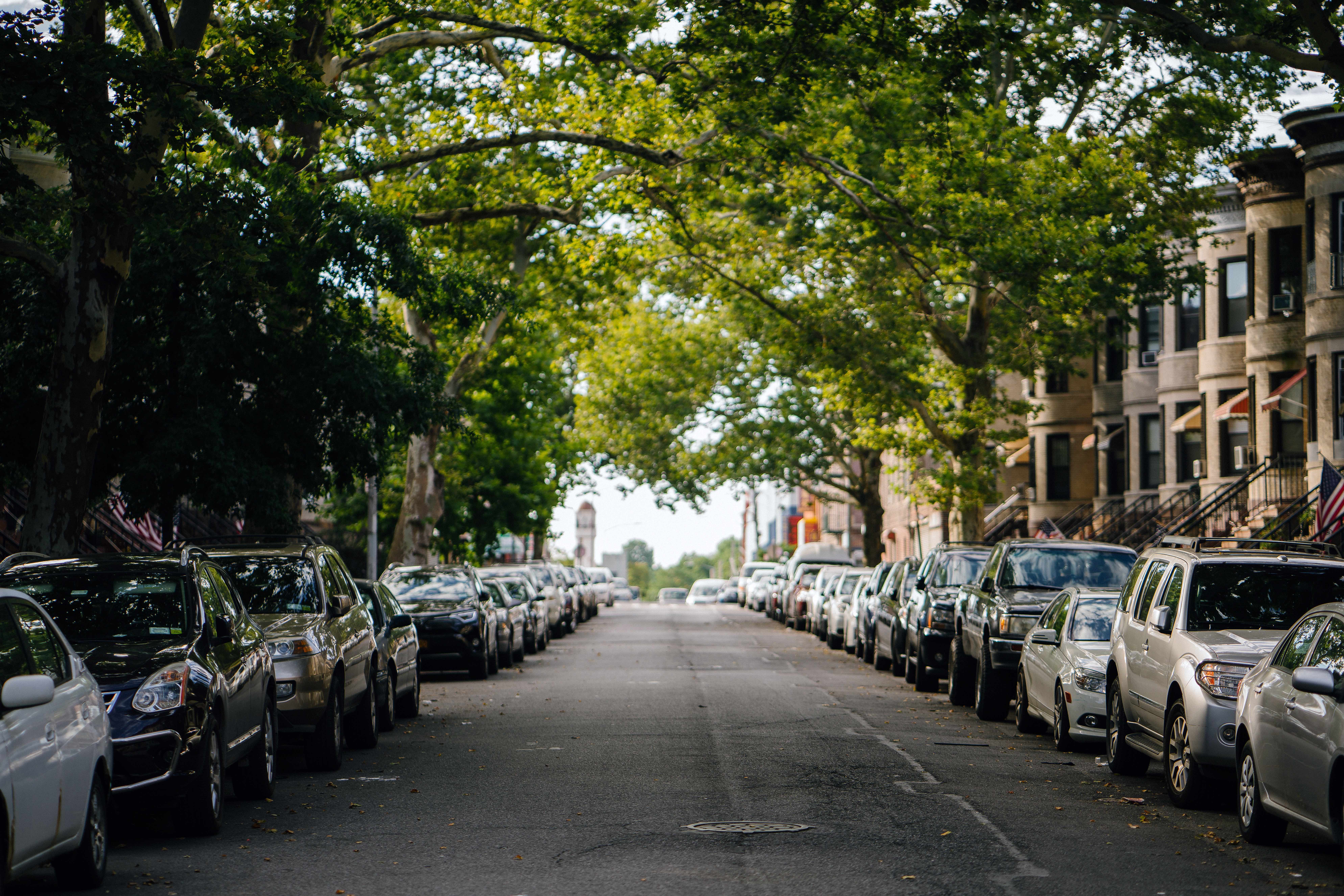
Still, even deeper issues need to be addressed. Looking at how spaces are used, the issue around parking could become less significant with time, but the idea of multimodal flexibility that would contribute to a more efficient transportation network, including beltway traffic, could very well include park-and-ride structures. Today this seems hard to imagine in more densely populated cities due to the lack of available land. Nevertheless, the need is there and growing. In Ile-de-France, 10,000 parking spaces have been built to accommodate commuters who must travel to “train stations situated mainly in zones 4 and 5”, that is to say the most distant areas where suburban transport infrastructure exists. Providing ample parking at these distant stations will reduce the number of cars on the road throughout the region. With the “Grand Paris” project, extending this multimodal transportation infrastructure aims to satisfy the larger region’s need for alternatives to cars for individual transportation, including new metro lines such as the 15 bis that are “fully connected to Ile-de-France’s transportation infrastructure” and incentivize a multimodal system of transportation without cars.
The final kilometer travelled will require its own infrastructure shake up: along with the implications for logistics there are also needs for individual transportation. The redistribution of traffic around the new train stations becomes a major challenge: infrastructure for cyclists, buses and self-service electric cars have to be in place to optimize fluid mobility and to cater to those who live between two localities and therefore a little too far to walk to the closest station. In the future “Grand Paris Express”, the train station on the outskirts of the city will have to become “mobility hubs”, the only global vision that can reduce solo driving.
Roads as assets
Instead of tearing everything down, “a real challenge for cities would be if they imagined themselves more as asset managers”, says Guillaume Malochet.“City infrastructure is an asset of which one must make the best use. But to do so cities must stop seeing different urban actors in silos, and could start thinking about roads the way they think about rain water reservoirs that are redistributed to buildings for use as sanitary water. Or think about roads as sources of energy production for the public and private buildings that surround them. Public spaces are amazing assets whose fluidity and flexibility have been underestimated up until now, and all of the potential that they harbor”. Connected and autonomous transportation, first and foremost electric, might be an opportunity to move towards urban concepts that are focused more on systems and intelligent structures. For optimized and sustainable transportation, cities with fewer but not necessarily no motorized vehicles, will have to invest to optimize infrastructure that is of higher quality and better performing than anything that has been seen to date. Could this be tomorrow’s biggest challenge?
